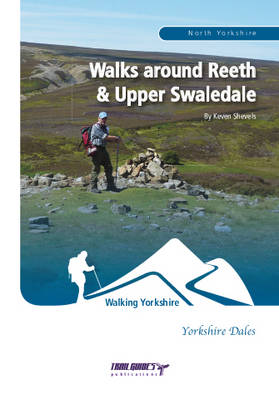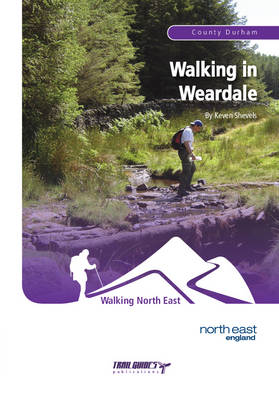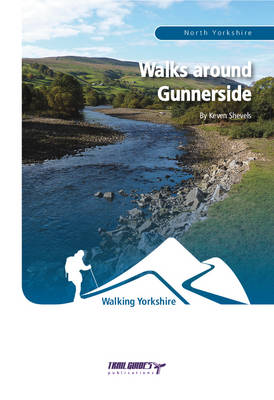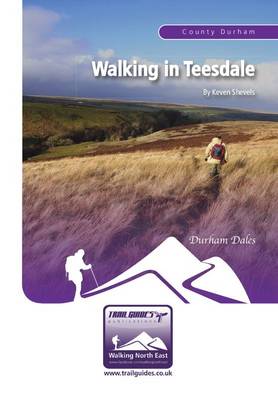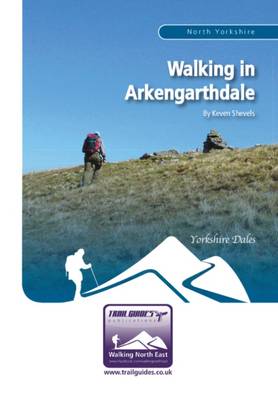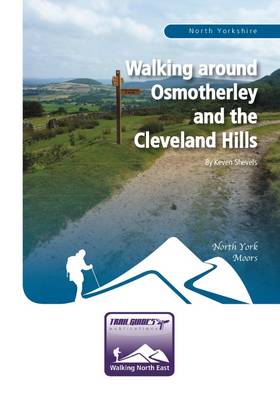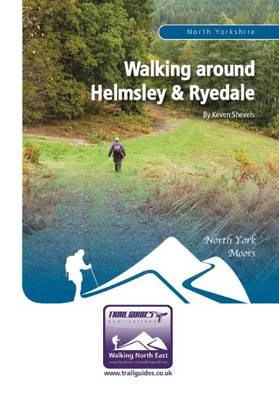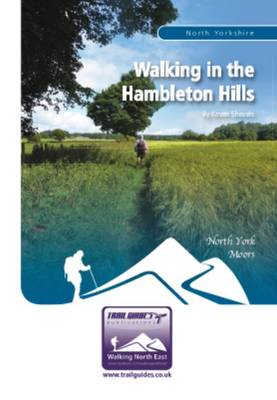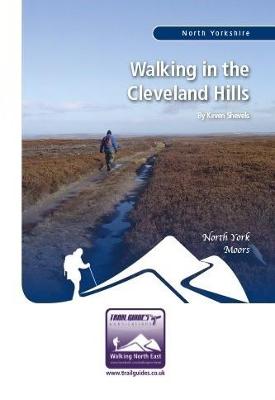Walking North East
11 total works
Today the population of the dale is much smaller than it was two hundred years ago and, aside from agriculture which is still a vital part of the dale's economy, much of the dale is benefiting from an increasing growth in tourism. In particular, the walker can experience here a full and varied landscape from the fields and meadows of the lower dale, the purple clad heather grouse moors in summer and, at the top end of the dale, one of the wildest and bleakest unspoilt natural landscapes in Britain. Weardale is very much an under appreciated and relatively undiscovered part of Britain and for the walker, who can really understand what this valley can offer, then long may it be so. The nine walks in this book have all been designed to explore the woods, hills and moors while showcasing the landscape and history of this dale.
Here you can venture onto the wild open moors, explore wooded side-valleys and stroll along the riverbanks of the rugged but beautiful River Tees itself. But the countryside of Teesdale is not just about the scenery, splendid though that is. Like many upland areas of the north, lack of cultivation and ploughing has meant that the hills have retained much of the history that has been lost on lower-lying ground. If you know where to look, then a walk through Teesdale can be a fascinating education. In many ways Teesdale is one of the original 'open-air museums'.
This is a land that saw the footprint of early man and yet was also a catalyst of the Victorian industrial revolution. In a series of nine walks, join the author as he explores this varied area and discovers part of its secret past.
